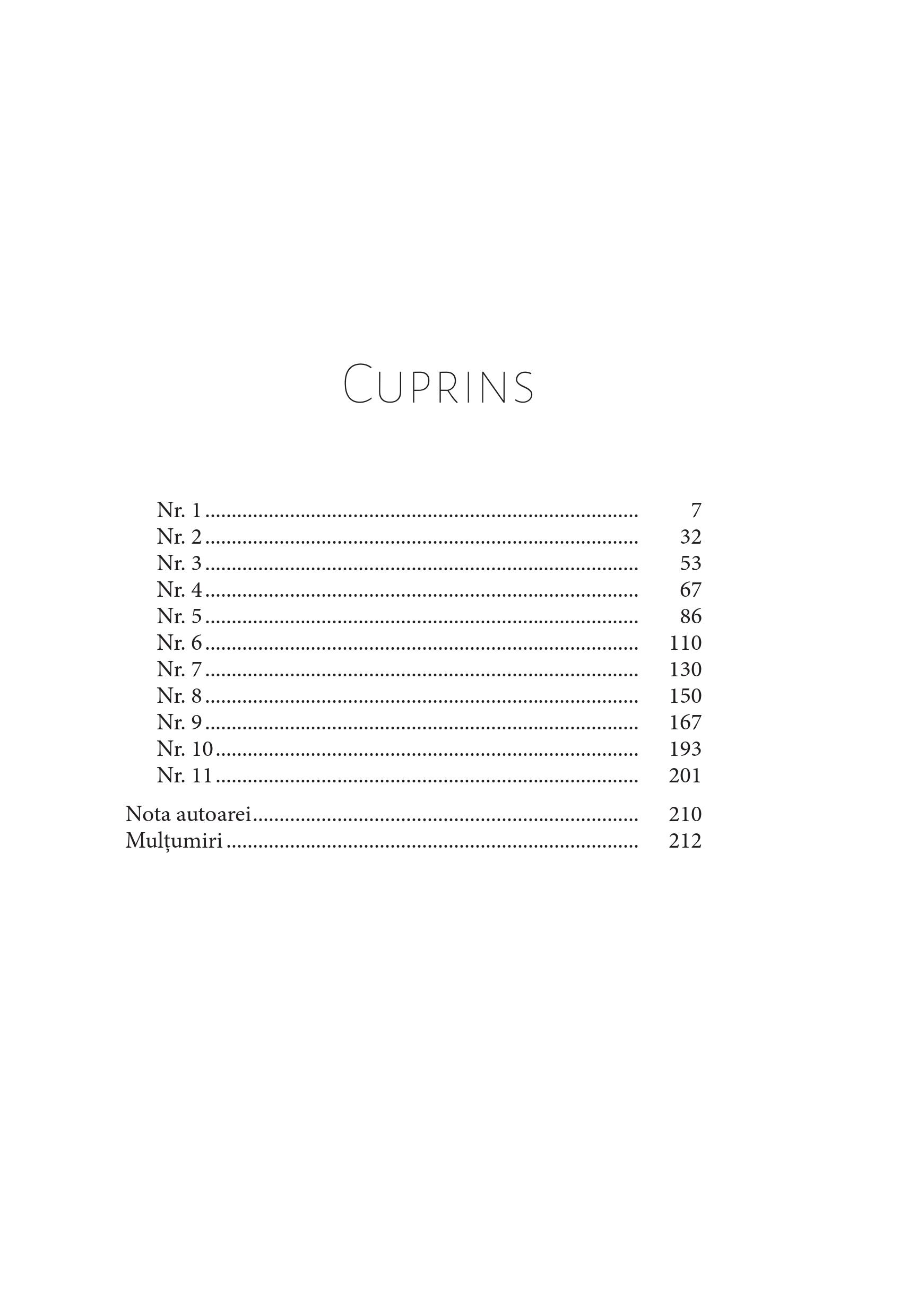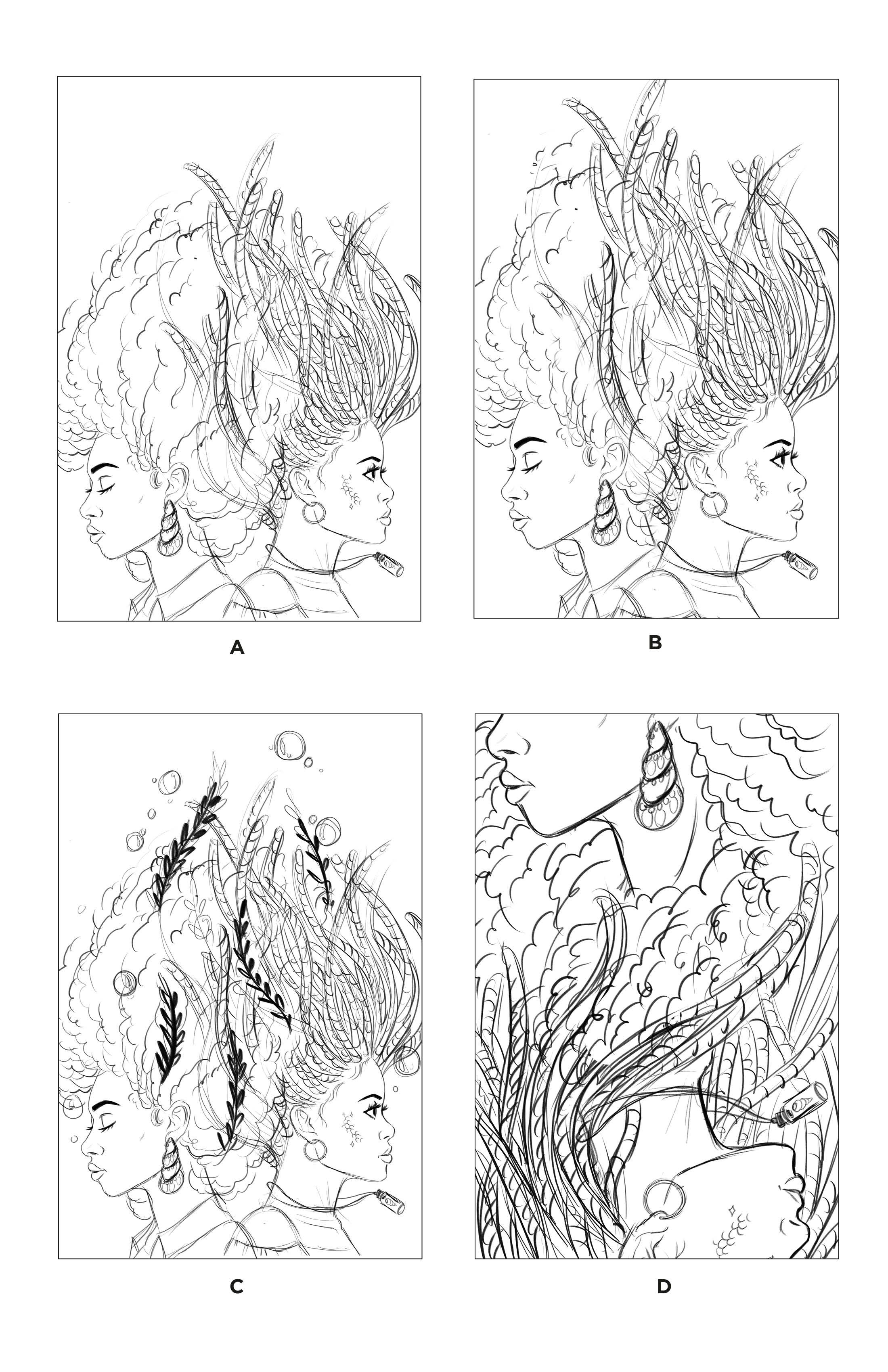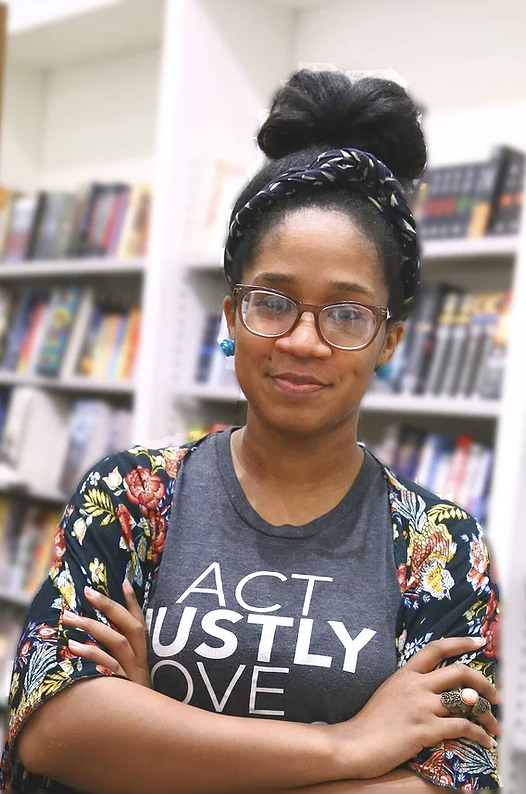


“What kind of people do they become who refuse?” These philosophical explorations ultimately culminate in a disturbing clash between Elsie and Dolores prime. “What kind of people are we if we can’t traverse the landscape of our own memories?” she asks. In studying memory, Elsie becomes even more aware of the damage resulting from this cruel practice.

Protected by a kindly professor and his wife, Elsie encounters broken Mems, fractured Sources, and a smitten scientist during her evolution into a new kind of being. Called back to the Vault, Elsie learns that because Dolores has reached her maximum number of Mems, she is in danger of being “reprinted,” wiping out her unique self. Now I suppose I’ll live like one,” as she struggles with her place in this strange world. But Elsie is a fully formed individual, capable of forming her own memories, the only Mem who's been allowed to live independently outside the Vault. 1,” meant to keep the memory of a car crash in 1906 from troubling her “source,” Dolores Shepherd.

The story is told by a 19-year-old Mem who identifies as "Elsie," though her true designation is “Dolores Extract No. In this rendering, scientists have discovered a peculiar method of extracting memories from people and delivering them into “Mems,” half-alive creatures whose purpose is to experience the memory over and over again in a fortress called the Vault until they die. This debut novel by multigenre fabulist Morrow is a haunting exploration of memory, identity, and mortality set in a vaguely sinister alternate-reality Montreal circa 1925. A young woman’s personality is the result of a startling experimental procedure, leaving her to struggle with the question of who she really is.


 0 kommentar(er)
0 kommentar(er)
